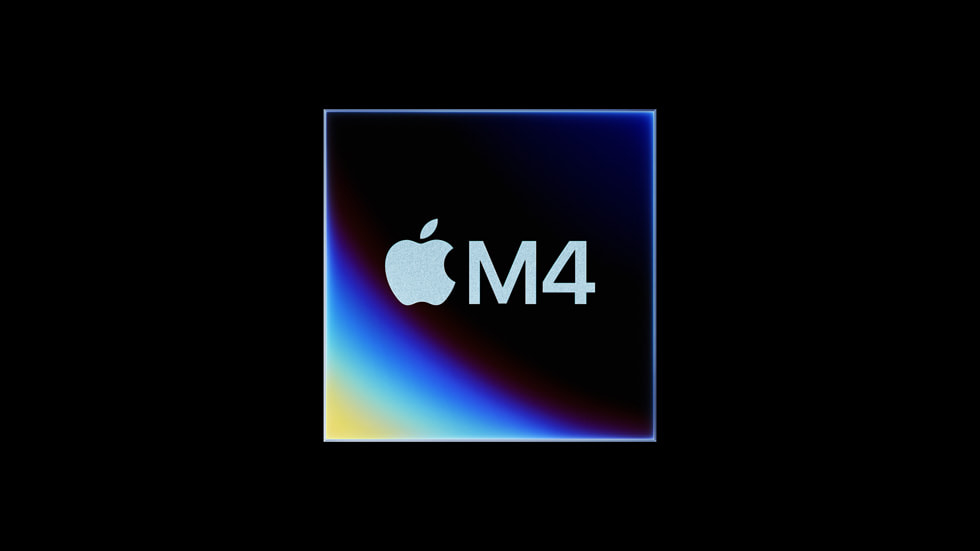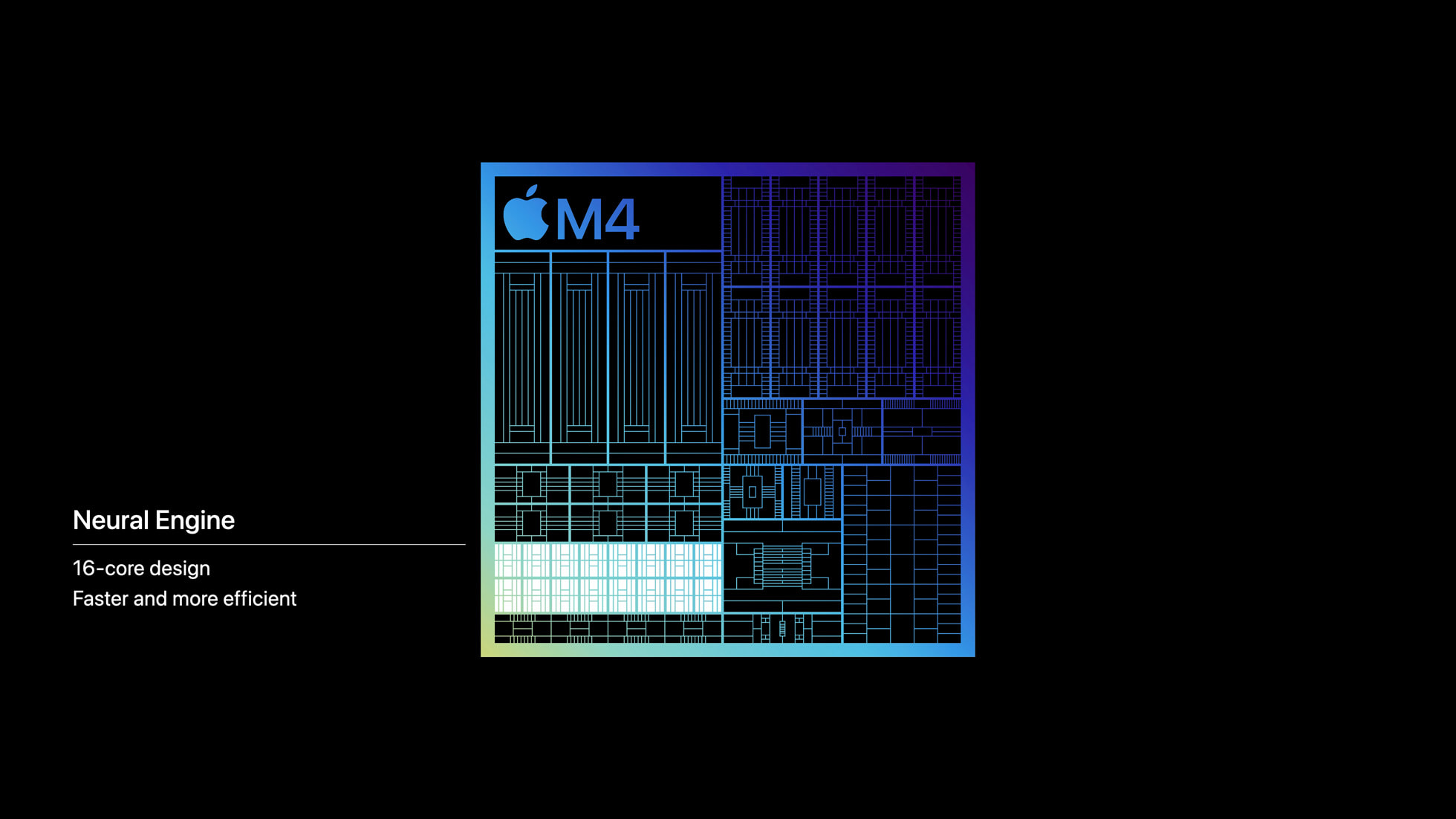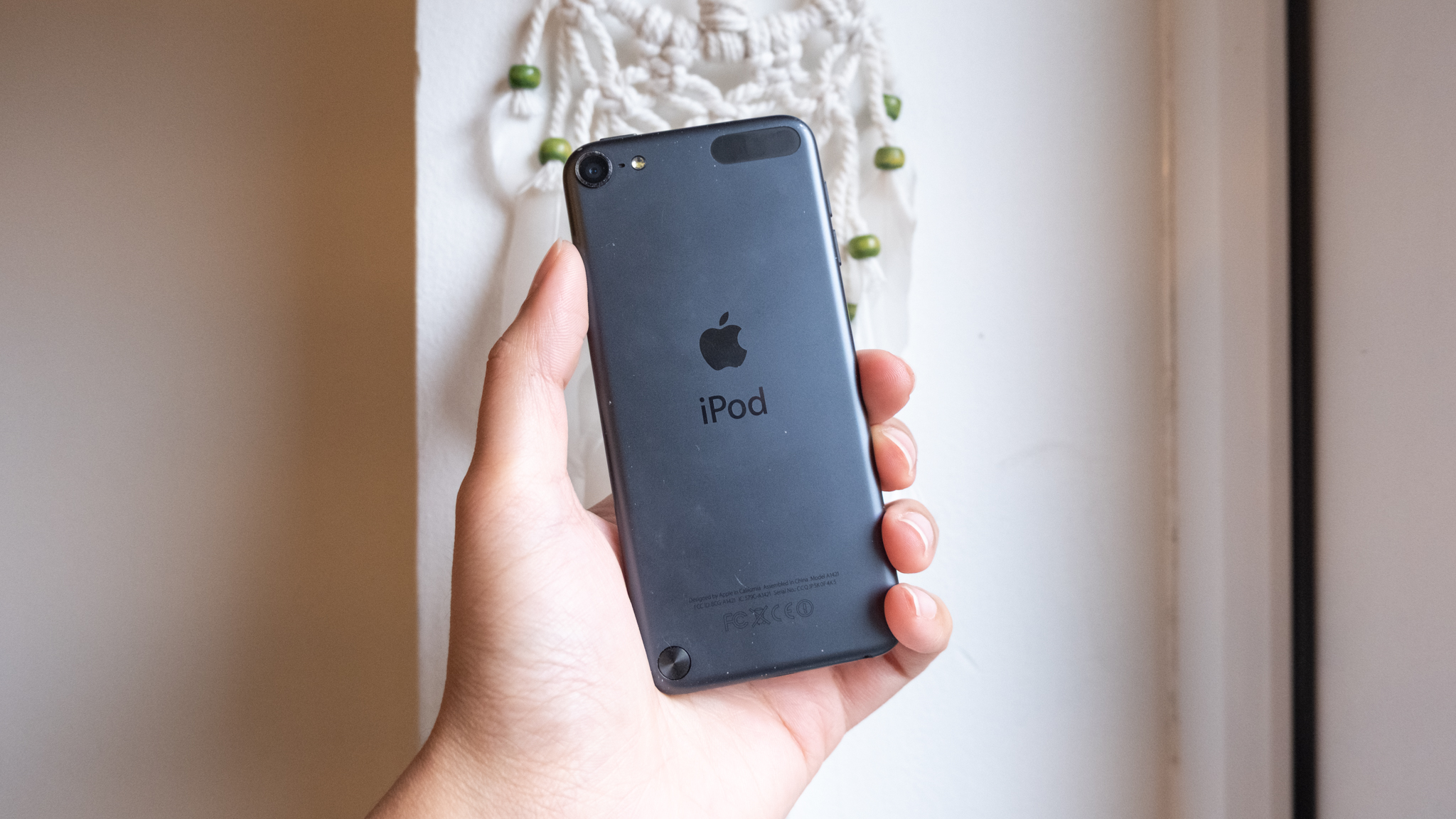Apple unveils M4 chip for iPad Pro — here’s what it can do

Apple has unveiled its next generation M4 chip, calling it "more powerful than any neural processing unit in any AI PC" on the market today.
The new chip was revealed during the May 7 Let Loose iPad event and will first appear in the new iPad Pro lineup, promising improved performance and battery efficiency. This will make the new iPad Pros among the most powerful AI computers available, especially for less than $1,000.
Every tech company is investing heavily in AI, and Apple is no different. Demonstrating the M4's capabilities, the company showed off advanced video editing features such as isolating an object or background in 4K video instantly.
It is likely versions of the M4 will appear in Apple's next generation MacBooks just ahead of the year's end, with future Pro versions running on the new chip. More details are expected to be revealed at WWDC 2024 in June.
How does the M4 stack up?

The M4 was built using the latest 3nm technology, meaning Apple could cram more functionality on to the same space. This allowed for a thinner device without compromising performance and more cores.
"Altogether, this new chip makes iPad Pro the most powerful device of its kind."
— Johny Srouji, Apple SVP
Like its predecessors the M4 is a system-on-a-chip with a 10-core CPU, 10-core GPU and a Neural Engine — which the rest of the industry calls an NPU.
Apple says its GPU builds on architecture first introduced in the M3, bringing hardware-accelerated mesh shading, ray tracing and Dynamic Caching to the iPad platform for the first time. The result should be significantly improved performance for game and rendering tasks.
Get instant access to breaking news, the hottest reviews, great deals and helpful tips.
The performance of an NPU, and how useful it is as an AI device, is measured in TOPS (trillion operations per second). Apple's new M4 Neural Engine comes in at 38 TOPS. In comparison the Intel Core Ultra has a TOPS of 10 and the new Snapdragon X Elite comes in at 45.
Apple's senior VP of hardware Johny Srouji said these are "fundamental improvements to the CPU, GPU, Neural Engine, and memory system." Combined, they "make M4 extremely well suited for the latest applications leveraging AI. Altogether, this new chip makes iPad Pro the most powerful device of its kind.”
When is M4 coming to Mac?

The M4 chip is very likely going to be in all future Apple computer products because of the need to improve on-device AI performance. According to Bloomberg's Mark Gurman, the first wave of M4 Macs will arrive later this year — possibly around October and November as we’ve seen in the past.
This will include “new iMacs, a low-end 14-inch MacBook Pro, high-end 14-inch and 16-inch MacBook Pros, and Mac minis — all with M4 chips.” Of course, this is subject to change, says Gurman.
More M4 computers will ship throughout 2025. This includes updated 13- and 15-inch MacBook Air models in spring, the Mac Studio near the middle of the year and the Mac Pro in the latter half of 2025.
Why the M4 is a big moment for AI

Apple has said that it wants to run as many AI-related features on-device as possible. This is in part due to privacy, but also it allows the features to work offline. Putting a 38 TOPS NPU in all of its hardware makes this a real possibility.
We will see big upgrades to Apple's CoreML at WWDC — this is the machine learning framework for developers first launched in 2017.
Comments by Intel earlier this year suggested a true AI PC would need about 40 TOPS to run something as powerful as Microsoft Copilot locally. This AI chatbot runs GPT-4, the largest and most complex AI model on the market.
It is possible we will see other versions of the M4 at WWDC with a higher TOPS count, although the 40 TOPS figure can vary depending on how well the model was fine-tuned, integration with the CPU and GPU and onboard memory.
Apple has always been good at better utilizing the onboard resources through deep integration with hardware and software. Its research division has published a number of papers recently on getting more out of smaller AI models, and utilizing lower level hardware to maintain performance on large AI models.
From what I can see the M4 has been purpose built to work with locally running AI models and I suspect we will see big upgrades to Apple's CoreML at WWDC — this is the machine learning framework for developers first launched in 2017.
More from Tom's Guide
- Apple ID password resets and lock-outs plague iPhone, iPad and Mac users
- Siri 2.0 expected at WWDC — here's how Apple's family of AI models might fit in
- Using a mouse with an iPad Pro is an absolute game-changer

Ryan Morrison, a stalwart in the realm of tech journalism, possesses a sterling track record that spans over two decades, though he'd much rather let his insightful articles on AI and technology speak for him than engage in this self-aggrandising exercise. As the former AI Editor for Tom's Guide, Ryan wields his vast industry experience with a mix of scepticism and enthusiasm, unpacking the complexities of AI in a way that could almost make you forget about the impending robot takeover.
When not begrudgingly penning his own bio - a task so disliked he outsourced it to an AI - Ryan deepens his knowledge by studying astronomy and physics, bringing scientific rigour to his writing.
